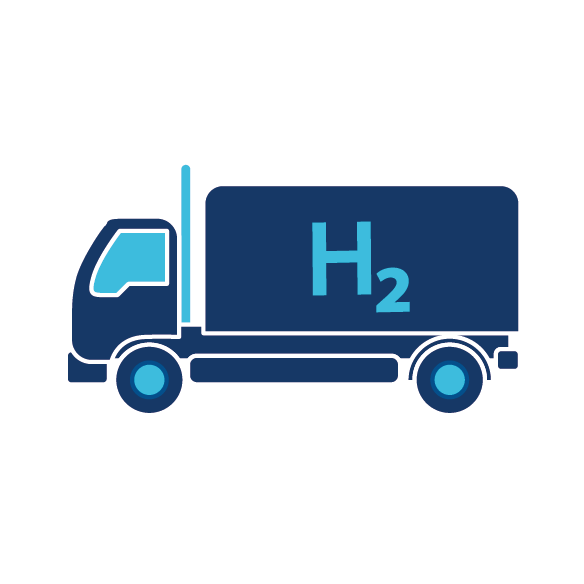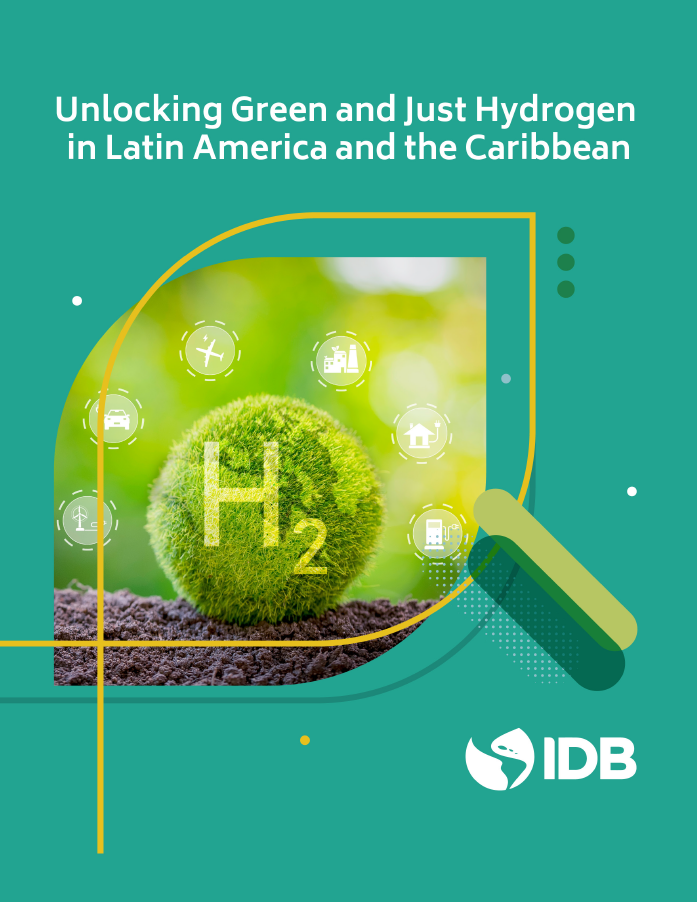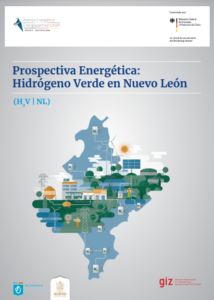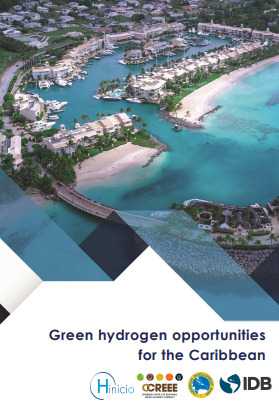By 2025, an estimated cumulative electrolyser capacity of 2.8 GW could be installed in Europe based on sound economics, representing a market value of €4.2 bn. These are the key conclusions of a ground-breaking study ‘Early business cases for Hydrogen in Energy Storage and more broadly Power-to-Hydrogen Applications’ published by TRACTEBEL ENGIE and HINICIO and financed by the Fuel Cell and Hydrogen Joint Undertaking (FCH-JU), the public-private partnership supporting research, technological development and demonstration (RTD) activities in fuel cell and hydrogen energy technologies in Europe.
The study demonstrates that profitable business cases for Power-to-Hydrogen can already be found in Europe today by stacking up revenues streams from a variety of sources, including mobility and industry. Access to cheap electricity, including from curtailed renewables, is a key factor of profitability. Next to that, the provision of frequency services to the power system (frequency containment and/or restoration reserves) will also significantly improve bankability, possibly alongside gas grid injection. In addition, Power-to-Hydrogen and renewables will reinforce each other. As a matter of fact, Power-to-Hydrogen can be an attractive downstream market for RES generators in a context where the added cost of intermittency will be increasingly borne by the producers themselves. The report lays the ground for the creation of a mutually beneficial legal and pricing framework between the RES and the hydrogen sector allowing to increase revenues and improve financial visibility on the RES generators side while at the same time contributing to making Power-to-Green-Hydrogen an economic reality.
Strong synergies exist between Power-to-Hydrogen for mobility and gas grid injection. Combining Power-to-Hydrogen for mobility with gas grid injection is a short-to-mid-term risk mitigation instrument for the “valley of death”, i.e. a slower-than-expected uptake of H2 demand in mobility applications. This combination is also more cost-effective than stand-alone injection for greening of natural gas.
Finally, the “Clean Energy for All Europeans” package, currently in negotiation at the EU level, is a unique opportunity to create a market for Power-to-Hydrogen in oil refineries, which are the largest hydrogen consumers in the EU. The cumulative size of the refinery market is estimated at 1250MW by 2025. Deploying 10-100MW units in refineries will allow unprecedented scaling effect and massive cost reductions for Power-to-Hydrogen technologies, with significant spill-over effects in other sectors such as mobility. The report puts forward strategic and policy recommendations towards hydrogen stakeholders, regulators, grid operators, European Institutions and Member States to remove barriers, unlock the Power-to-Hydrogen market and make hydrogen a cornerstone of the on-going energy revolution.
Find out more:
Full Study: Early Business cases for H2 in Energy storage and more broadly Power-to-H2 applications
Slides: Early Business cases for H2 in Energy storage and more broadly Power-to-H2 applications







